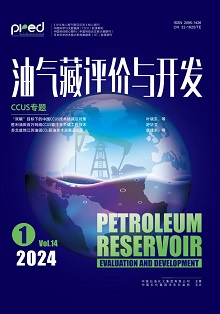Journal
Early Edition
Most Down Articles
| Published in last 1 year | In last 2 years| In last 3 years| All| Most Downloaded in Recent Month | Most Downloaded in Recent Year| |
| Most Downloaded in Recent Year |
Please wait a minute...
|
|||||||
News
Journal Online
Download

Monthly,Founded in September 1987
Competent Authorities:
Ministry of Education of the People's Republic of China
Sponsored by:Xidian University
Chief Editor:Liao Guisheng
Executive Editor:Wan Liancheng
Editor:Hei Lei
Editor and Publisher:
The Editorial Department of Electronic Science and Technology
Distribution Abroad:
China Intermational Book Trading Corporation
P.O.BOx 399,Beijing 100044,China
Address:
P.O.Box 375,2 Taibai Road(South),Xi'an 710071,China
Tel/Fax:0086-029-88202440
Website:http://www.dianzikeji.org
E-mail:dzkj@mail.xidian.edu.cn
Unit Price:$20.00







